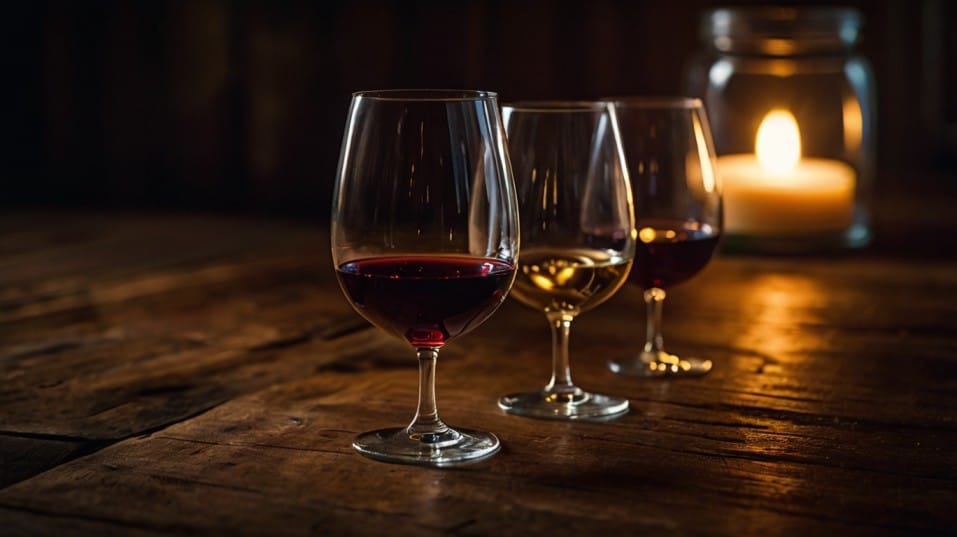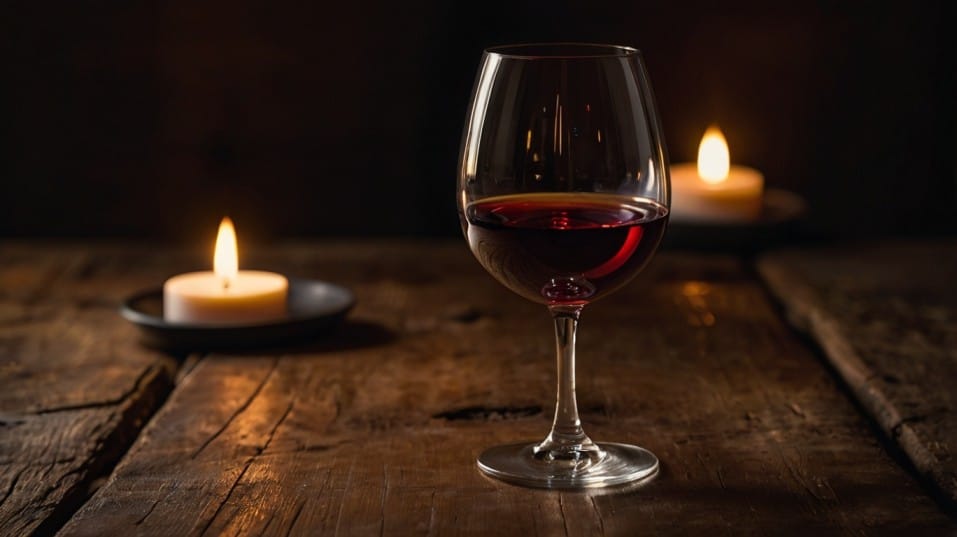How to Tell If a Wine Is Balanced
Learn how to recognize wine balance—why it matters, how it shapes taste, and how spotting it can build your confidence as a wine lover.

Ever wonder why some wines just feel right—even if you can't explain why? That’s balance. It’s not a trick or a tasting note. It’s the harmony between a wine’s core elements—and once you learn to spot it, everything changes.
You start drinking smarter, tasting deeper, and trusting your own palate more. If you're early in your wine journey, understanding balance is one of the fastest ways to level up.
What “Balance” Really Means in Wine
At its core, balance is about proportion. A wine is balanced when no single component overwhelms the others.
Every part—acidity, alcohol, tannin, body, sweetness, and flavor intensity—plays a role, but none shout over the rest. It’s not about subtlety; it’s about cohesion.
Think of balance like music. Acidity is your treble—sharp, bright, and high-toned. Alcohol and body sit in the bass—rich, round, and warm.
Tannins give structure, like rhythm, while sweetness (if present) offers tone and depth. When these pieces are aligned, the wine feels seamless, integrated, alive.
The Role of Each Component
- Acidity gives wine its brightness and lift. Without enough of it, a wine feels dull or cloying. Too much, and it veers toward sourness. A well-balanced wine has acidity that refreshes and sharpens without cutting.
- Alcohol adds texture and body. In balance, it warms and rounds the wine without leaving a burning sensation. If the alcohol feels sharp or hot on the finish, the wine is out of step.

- Tannins are primarily found in red wines and some rosés or orange wines. They create that drying, grippy sensation in your mouth. Balanced tannins support the wine’s structure without dominating the fruit or turning harsh.
- Sweetness can appear in obvious or subtle ways. Even “dry” wines may have trace amounts of residual sugar. When balanced with acidity and structure, sweetness adds generosity and roundness. Without that balance, it becomes cloying.
- Body—how the wine feels on your palate—should make sense in the context of its other traits. A full-bodied wine can still be balanced if the structure supports its weight. A lighter wine can be balanced if its energy and acidity match its frame.
These aren’t isolated traits. They interact constantly. A wine with high alcohol may need more acidity to stay fresh.
A tannic wine needs enough fruit and texture to feel complete. Balance isn’t about each element being neutral—it’s about them being in conversation.
Tasting for Balance: What It Feels Like
Balance isn’t something you measure with a tool—it’s something you experience.
When you take a sip of wine, the first impression might be fruit, freshness, or texture. But the more you focus, the more you can track how the wine flows from start to finish.
A balanced wine will move smoothly across your palate. The flavors unfold without spikes. Nothing clings too long or disappears too fast.
You shouldn’t have to work to enjoy a balanced wine. It should feel intuitive, complete, and—most importantly—drinkable. There’s a kind of effortlessness to it, even when the wine is complex.
Spotting Imbalance
If something feels off—too sharp, too bitter, too hot, too sweet—it probably is. That doesn’t always mean the wine is flawed, but it might mean it lacks balance. And once you start noticing that lack, you won’t stop.
Try this: next time you open a bottle, taste it slowly in three stages. First, on its own. Then with a sip of water in between.
Then with a small bite of food—something neutral like bread or cheese. Does the wine hold together? Does anything shift? A balanced wine will stay coherent even as the context changes.
How Balance Makes You a Smarter Taster
When you train yourself to identify balance, you start to unlock everything else about wine. Suddenly, fruit notes become easier to place.
You can tell the difference between freshness and sourness, richness and heat, grip and astringency.
This doesn’t just make you a more skilled taster—it makes you a more confident one. You stop second-guessing whether you’re “supposed” to like something.
You start trusting your reactions. A wine might be critically acclaimed or expensive, but if it feels jagged or disjointed to you, that matters.
Seeing the Winemaker’s Intent
You’ll also start noticing winemaking styles more clearly. Some producers aim for precision and purity. Others embrace texture, oxidation, or funk.
When you understand balance, you can taste those choices as intentional rather than confusing.
You don’t have to like every wine—but you’ll start to understand why it was made that way. And balance becomes your reference point. It gives you a baseline.
From there, you can appreciate wines that push boundaries—ones that are sharp, wild, or deeply structured—because you can tell they were made with a clear vision, not by accident.
Building a Palate for Balance
If you want to get better at spotting balance, taste broadly—but with attention. Choose wines from different regions, grape varieties, and styles. And don’t just drink—taste. Slow down. Pay attention to how a wine opens, evolves, and finishes.
Practice Through Contrast
You’ll start to recognize patterns. Certain grapes like Riesling or Nebbiolo have naturally high acidity. Others like Grenache or Zinfandel lean ripe and full-bodied.
Still others like Pinot Noir or Chenin Blanc can swing either way. Understanding how these grapes express themselves gives you a better sense of what balance looks like in different forms.
Try tasting side-by-side. Pour two wines of similar style—a Chablis and a California Chardonnay, for example. Notice how the acidity, alcohol, and texture shift. Which one feels more harmonious? Which one leaves a stronger impression?
Keep a mental note, not a scorecard. Focus on how the wine feels rather than what it tastes like. Balance is more than flavors—it’s how those flavors behave together.
Final Thoughts
Balance is the heartbeat of good wine. It’s what makes a wine feel alive, drinkable, and memorable. It doesn’t guarantee complexity or greatness, but without it, everything else falls apart.
The best part? Balance is something you can recognize, no matter your level of experience. You don’t need fancy language or expensive bottles. You just need curiosity, focus, and a willingness to pay attention to what you’re tasting.
So next time you open a bottle, don’t rush. Swirl, sip, and feel. Ask yourself: does this wine hold together? Does it feel complete? If it does, you’ve found balance. And if it doesn’t—you’re learning something valuable anyway.
Make that part of your ritual. Taste something new this week. Compare two wines, revisit one you thought you knew, or pair a glass with food and pay close attention.
The more you explore, the more balance becomes second nature—and the better every bottle gets.




